|
We attended the Red Line demonstration in the city of Paris today. In light of the recent Paris attacks, it was unclear whether the event would take place. However, approximately 10,000 people gathered peacefully today to dance, sing, march and chant. The police were in attendance, ensuring the safety of all participants. The Red Line represents climate injustice. It stretched from the Arc de Triomphe and pointed toward La Défense area, where the major fossil fuel company headquarters are located. In this blog post, we will highlight some protest signs and the reasons and facts behind them. 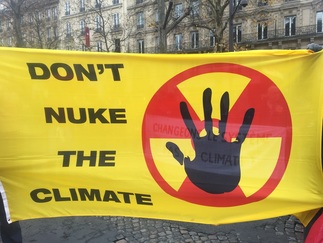 This sign calls for a halt on nuclear energy production as a solution to climate change. Nuclear energy does not involve the burning of fossil fuels and in turn limits the amount of greenhouse gases in the atmosphere. Due to this fact, many people feel an increase in Nuclear energy is a solution to lowering greenhouse gas emissions. However, the opposition question the safety of the plants, where the nuclear waste will be disposed, financial expense and the carbon emissions from building the plants. The organizations backing the idea of putting a halt to nuclear production as a solution to climate change include Amis de la Terre, France Nature Environment, Greenpeace, Heinrich Boll Foundation and Réseau Sortir du Nucléaire.  The current international goal of limiting global temperature increase to 2 degrees Celsius has been criticized by many climate activists. They argue that the 2-degrees increase is a death sentence for poor and vulnerable countries that are already experiencing the effects of climate change such as harsher droughts and sea-level rise. Instead, they propose limiting the temperature increase to 1.5 degrees. The final draft of the Paris agreement commits to “to pursue efforts to limit the temperature increase to 1.5 °C above pre-industrial levels.” However, this draft has not been voted on yet. 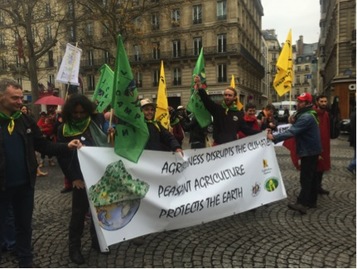 Agribusiness refers to large-scale factory farming that is pesticide and fertilizer dependent. According to the Climate Institute, agriculture is responsible for 25% of the greenhouse gases being released into the atmosphere, and cites agriculture as being responsible for nearly 1/3 of climate change. Peasant agriculture, on the other hand, signifies small-scale farming. Small scale farms are the antithesis of large, monoculture farms, using minimal or no pesticides and fertilizer, planting many different species and planting crops appropriate for the climate meaning less reliance on irrigation. 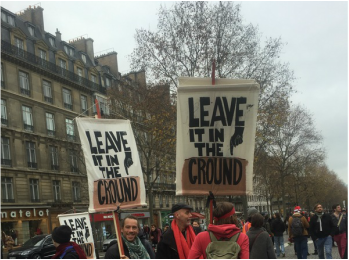 Burning fossil fuels releases a lot of greenhouse gases and majorly contributes to anthropogenic climate change. Climate activists view fossil fuels as the root cause of climate change and argue that cutting down on the production and use of fossil fuels is the key to reaching the international goal of limiting warming to below 2°C. Since fossil fuels are removed from the ground through drilling and mining, activists use the slogan "leave it in the ground" implying there should be a complete halt to fossil fuel extraction. 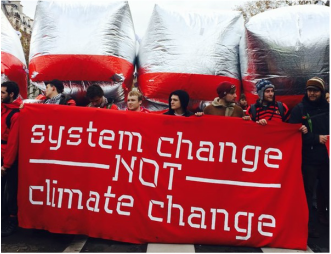 Ecosocialists, especially from the United States and Canada, believe that capitalism is a major driving force of climate change. They argue that environmental degradation and social injustice stems from a for-profit driven model of society. Therefore, ecosocialism promotes working outside the current for-profit economic and political model in order to achieve climate justice. These activists are calling for an end to capitalism, believing that will help halt climate change.
15 Comments
Prakriti Shrestha: An Alternative Model for Adaptation and Mitigation (Thoughts from Nepal)12/12/2015 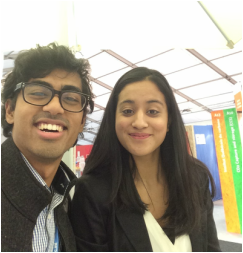 With Rijan Mulmi, a youth representative from Nepal and my cousin! With Rijan Mulmi, a youth representative from Nepal and my cousin! Rijan Mulmi, a Nepali youth representative at COP21, underscored how the current model of development adopted by most western countries and followed by the rest of the world is “unsustainable”. He highlighted the need to reject the status quo and create an alternative development model. First of all, he suggested that this development model should be tailored to meet the needs of specific countries, rather than having a “one size fits all” approach. Secondly, these plans could include building car-free cities, in order to strengthen community bonds and reduce dependence on carbon polluting vehicles. Lastly, Mulmi emphasized that it is time to steer the conversation from the idea of donations to the idea of exchange of skills and knowledge between the developing and developed countries, especially in the issue of climate change. As an example, Mulmi spoke about establishing an institution to transfer Nepali indigenous knowledge about sustainable practices in order to help other nations reach their carbon reduction targets. You may be wondering, what are some of these indigenous practices are and what role do they play in combatting climate change? Luckily, I had the opportunity to interview some representatives of Nepali indigenous groups and I can give you an overview of what I learned. Mr. Tunga Bhadra Rai, a member of the Nepal Federation of Indigenous Nationalities (NEFIN) highlighted that indigenous communities are truly a “part of nature”. His community in Khotang district, located in the north of the country is taught to respect the boundaries of human-nature interactions throughout their lives. For example, they make sure that they only hunt certain species of birds during certain times of the year. Although this community and other indigenous communities may not be aware of the correct jargon surrounding climate change issues, they are personally experiencing its consequences. Mr. Sudarshan Chaudhary, a member of the Tharu community from the Terai region, representing the Youth Federation of Indigeneous Nationalities gave an example of how fisherman are losing their livelihoods because rivers are drying up and dams are being built, not to fulfill the needs of the surrounding communities, but to provide power in city areas. Furthermore, the rising temperatures, along with uncoordinated and non-inclusive government decisions have increased the rates of infectious diseases within the community. For example,the government pushed for steel houses instead of traditional mud houses to be built. Traditional mud houses are much more efficient at maintaining a cool temperature when compared to steel houses, yet government decisions as well as industrialization has led to a removal of a safe and sustainable practice in that community. The next natural question is, how much representation do indigenous groups have at COP21 or within their own governments? Mr. Nagendra Kumar Kumal, a current Member of Parliament and president of the Nepal Federation of Indigenous Nationalities as well as Ms. Pratima Gurung, the General Secretary at Nepal Indigenous Disabled Association (NIDA) described how governments across the world, especially in Nepal, have not yet recognized potential contributions and rights of indigenous people. At COP this year, there is an indigenous pavilion in the public area and there are several events in that pavilion. One of the biggest successes so far during COP21 has been the acknowledgement of indigenous groups’ climate resilient practices in negotiations and in the draft Paris agreement. However, there still seems to be a gap between government priorities and community priorities. While governments may be focusing on receiving financial assistance to help with mitigation and adaption for vulnerable groups, like indigenous people, youth groups from Nepal and indigenous activists have pointed out that financial assistance is not enough. As Mulmi and Rai argue, rather than only viewing indigenous people as victims of climate change and focusing on financial assistance, they should be viewed as key members or actors in combatting climate change and its effects. The knowledge that Indigenous people possess about their environment and their strong collective values that promote conservation and equilibrium can be strong drivers in attaining carbon reduction goals in a sustainable manner.
Let me know what you think of this alternative model! Ever wondered what it is like to walk through the Blue Zone (area not open to the general public) of the COP? Check out what some of the countries have on display this year. United StatesThe United States Center, located conveniently near the entrance, is dominated with information from NOAA (the National Oceanic and Atmospheric Administration) including the giant interactive globe pictured above. This globe represents the mission of NOAA by tracking and predicting climate change across the world. There are continuous panel discussions, presentations and speeches being given at the US Center. MexicoThe bright colors of the Mexico Center, starkly contrasts with the subdued red, white and blue of the United States Center. Their most prominent display is a large video projector allowing visitors to see themselves in some of Mexico's most beautiful natural landscapes. This helps people to relate to the natural resources of Mexico that may be lost with the progression of Climate Change. South KoreaThe South Korea Center attracts visitors with a face-in-the-whole photo opportunity. Their main focus is on sustainable urban development, pointing out that 75% of global energy use is in cities. There were a lot of big name people giving presentations at the South Korea Center, including the new chair of the IPCC (Intergovernmental Panel on Climate Change), Hoesung Lee, pictured on the bottom right and the Vice President of the Asian Development Bank, Bambang Susantono (top right fourth from the left). The Gulf Cooperation CouncilThe Gulf Cooperation Council has one of the most elaborate displays, including a touch screen computer that allows you to click through their climate change plans. The Gulf Cooperation includes Saudi Arabia, United Arab Emirates, Kuwait, Bahrain, Oman and Qatar. All of these countries are big oil exporters (maybe it is oil money funding this elaborate set up). EcuadorEcuador has a small, colorful area, which boasts about their forests. Their most prominent display is a banner with black handprints on it (pictured above). Ask any Ecuadorian Party member and they will explain that Ecuador is still fighting against Chevron for an oil spill that devastated the Amazon three decades ago. The Ecuador Center also contains vast information on how Ecuador plans to protect the Amazon through REDD+. IndiaIt is hard to miss the India Center, as they have a giant water feature that spells out various words including India, COP21 and Paris. Similar to the display at the Gulf Cooperation, India has a touch screen computer that allows visitors to navigate through their plans to mitigate climate change, specifically about how they plan to reduce their emissions by 33 to 25 percent by 2030 from 2005 levels. MoroccoMorocco, who will be hosting COP22 next year, has a small display entirely in red and green. They have a computer that visitors can navigate through to learn about their mitigation plans. Their display makes evident how proud the country is to be hosting COP next year. The Nordic CooperationThe Nordic Cooperation includes Greenland, Iceland, Denmark, Finland, Norway, Sweden, Faroe Islands and Aland. In their pavilion you can sit on seats made out of fur and tree stumps and read up on their climate solutions. Nordic Carbon Dioxide emissions are 1/5 of the global average despite having the world's 12th largest economy. Thanks for traveling the COP with us!Gilbert Vial: When you think a talk is about one thing and it's really about something else...10/12/2015 I was on my way to the conference when I saw a talk titled "Citizens of the World: COP21 Actors" having seen Alec Baldwin just the day before I assumed it was about actors and celebrities making statements about what they want to see for climate change. Well, let's just say I was very wrong. 😬
The reason I wanted to write about this specific talk is that this idea and this organization was summed up perfectly at the debate about the poll, "This is real democracy." This is what I feel we need to get real information and realise what we need to do to get an idea of how literate the world is in climate change. After looking over the report, I posted this: This program and organization is what made me feel truly hopeful about the public and their knowledge of climate change and I hope the organization continues to host a poll on Climate Change.
Here's a link to their website where you can look through the report. http://climateandenergy.wwviews.org (Picture below is taken from the report.) 1. Solar Energy France intends to double their solar capacity by 2020, this would put their total at 10,000 MW 2. Wind Power France plans to increase their wind power to 19,000 MW by 2020 through an increase in onshore parks, marine farms and individual wind turbines. 3. Biomass and Methanization Unlike many countries, France encourages using livestock manure for bioenergy and restricts the use of bioenergy crops. France has a goal of creating 1,500 new biogas plants in three years and 9 million new wood fire boilers as a replacement for hydrocarbons. 4. Hydropower This is the number one renewable energy in France. France has the second largest maritime area in Europe which gives the country significant marine energy potential. They use marine current turbines, wave energy and ocean thermal energy. 5. Geothermal France hopes to have 38% of their heat be renewable by 2030 and create five times as much energy that is independent of weather patterns by 2020. 6. Engaging Youth France intends to encourage sustainable development education, mobilize school communities, encouraging the teaching of climate issues and holding youth forums about the environment. 7. Recycled Products
France is attempting to promote recycling by encoring waste to energy production, requiring mechanics to offer their clients extra parts from their circular inventory, making sure waste is processed closer to where it is produced, sorting food waste, and encouraging States to set an example. 8. Clean Transportation Electric vehicles are on their way to prominence in France with a goal to have 4 million in operation by 2030. The Paris public transportation system plans to convert all of its busses to green energy (80% electric, 20% biogas). France, with Airbus, plans to commercialize an electric plane that will cut the cost of a one hour flight to 2 euros (40 euros for fuel planes). I just finished a long conversation with Prince Goodluck Obi, President/CEO/Founder of Global Alert for Defense of Youth and the Less Privileged (GADYLP) in Nigeria. His NGO promotes climate literacy among young people in Nigeria at all levels of schooling. One of GADYLP’s biggest projects is starting tree planting clubs in schools, in which students plant Baobab Trees and Whistling Palm Plants while learning about climate change solutions. I asked Prince Obi how his organization reaches out to underprivileged communities. This is an issue that arose in my mind yesterday after I heard Dr. Spencer Thomas, Ambassador from Grenada, say that there is no place for “tokenism” in climate action. Climate change is an issue that affects us all (some will be affected sooner than others), and thus all identities and social classes should be educated and represented in climate solutions, particularly since underprivileged areas are often the ones hit the hardest.
I want to leave you with a quote Prince Obi gave me from one of his greatest Philosopher Kings: “What we do for ourselves perishes with us, but what we do for the good of others enjoys immortality.” - Nigerian Philosopher King (via Prince Obi) It is important that we, as well as the negotiators, remember that the climate change solutions we need here at COP21 are not necessarily about those with the loudest voices.
Today was Gender Day at COP21. There were a multitude of speakers throughout the day discussing how to bridge the gender gap to create climate justice. Here is a brief summary of what we learned today! Why do we need to integrate gender into climate change mitigation and adaptation? Women are underrepresented in climate change and women’s capabilities are underestimated. Examples include:
What are some solutions?
Women across the globe are coming up with innovative ways to make their voices heard in order to both mitigate and adapt to climate change. Examples include:
For entertainment purposes: https://www.youtube.com/watch?v=TCBttS_y7lE 1. Jill spoke with a member of the Ghanian Ministry of the Environment and received a Ghana swag-bag. Gilbert and Greg spoke with the same man. . .and received nothing.2. Pra caught up with her cousin from Nepal who is also attending COP 21. Both native Nepali, they discussed Nepali youth perspectives verse government stance. 3. Jill and Pra learned that Palm Oil is causing massive amounts of deforestation in Peru. While the Peruvian government claims to be taking a stand against deforestation, indigenous groups feel the government is more talk than action. 4. Jill and Pra met Hilaria Supa Huamán, a member of the Peruvian Parliament who has been participating in the negotiations and giving a voice to the Indigenous People of Peru. 5. Pra discovered that the Green Climate Fund, which is set to reach one hundred billion by 2020, will not suffice. The actual projected need is closer to four hundred billion. 6. Jill spoke with an organization entirely dedicated to Potatoes. This organization, the International Potato Center works on research and development of the potato which is a key food crop for more than a billion people worldwide. 7. After a long, fun, exhausting day, Jill and Pra took the incorrect shuttle bus, landing them in a previously undiscovered part of the city. But with their ingenuity and excellent French (meaning none) they managed to make it back to the hotel.
However, later in the day, I caught up with Dr. Kathryn Sullivan, the U.S. Under Secretary of Commerce for Oceans and Atmosphere and Administrator for NOAA. She told me facetiously that “we would need to go to negative emissions by midnight tonight if we wanted to achieve the goal of a 2 degree celsius increase.” Essentially, she was suggesting that the goal of 2 degrees was already going to be difficult. In fact, so difficult that it is almost certainly too late to achieve an only 1.5 degree increase at this point due to our current state of emissions.
|
Categories
All
Archives
March 2024
|
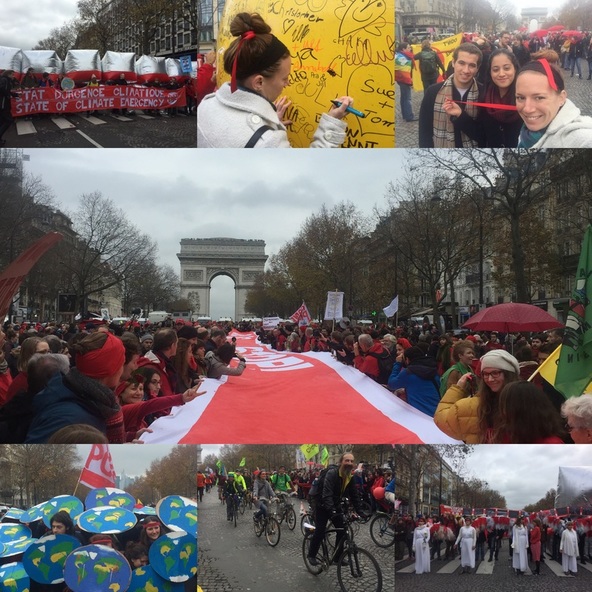
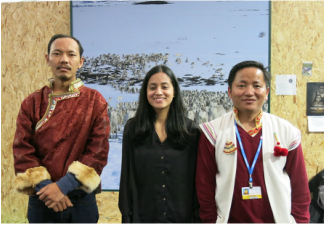
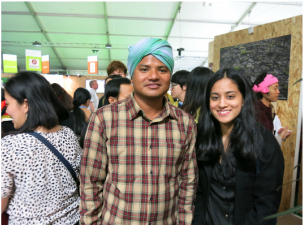
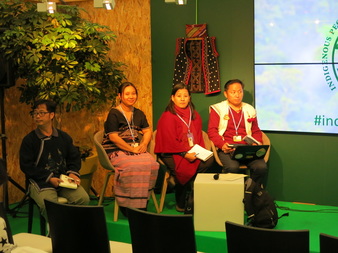
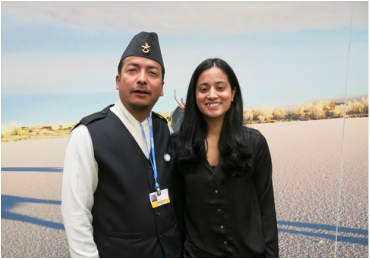
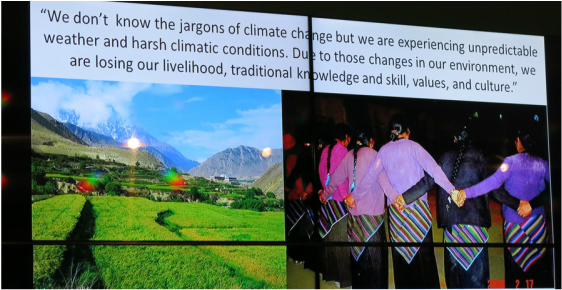
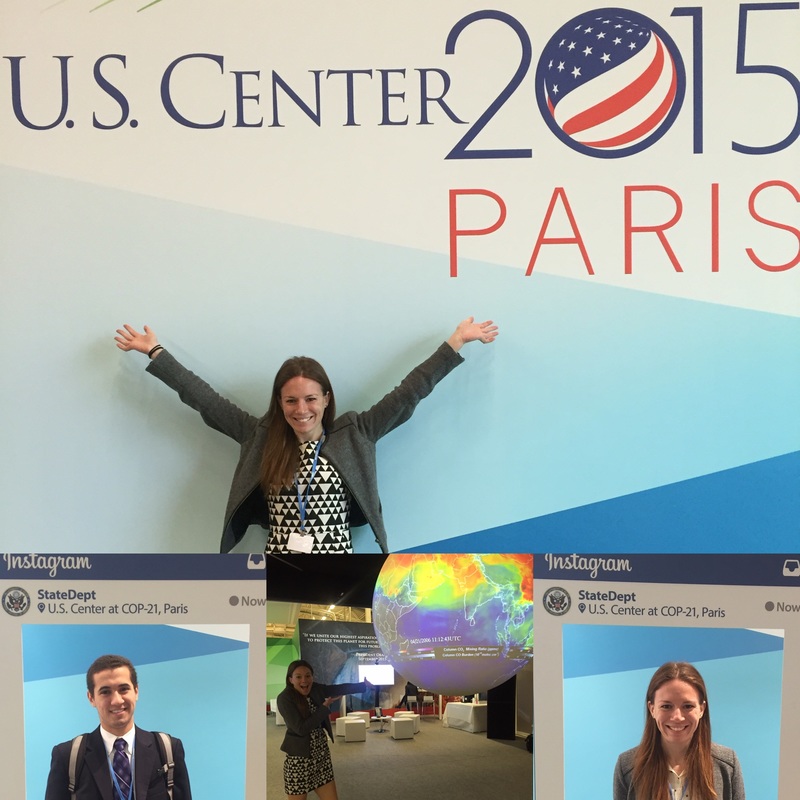
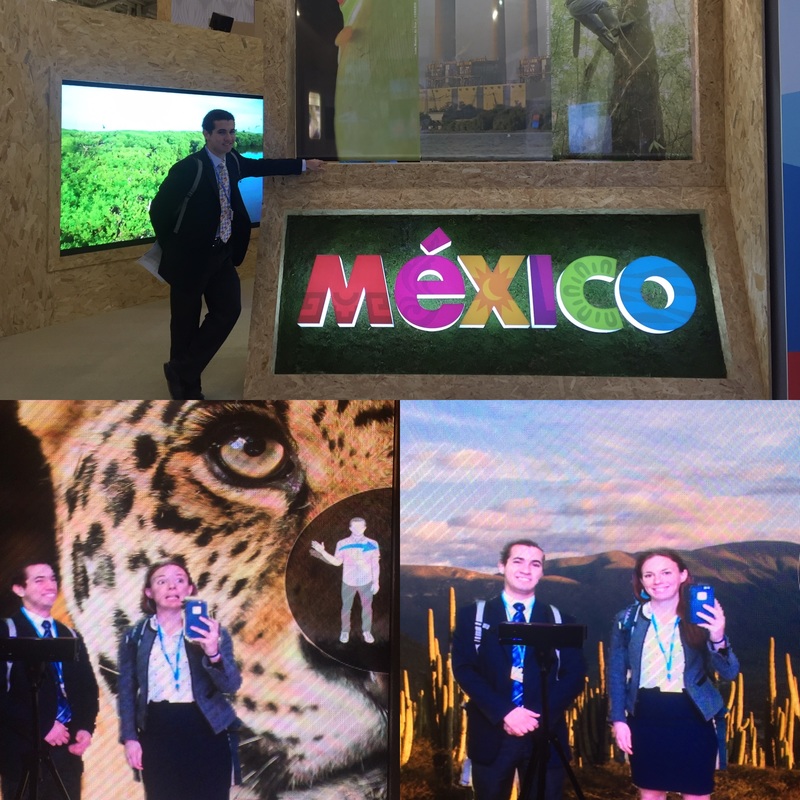
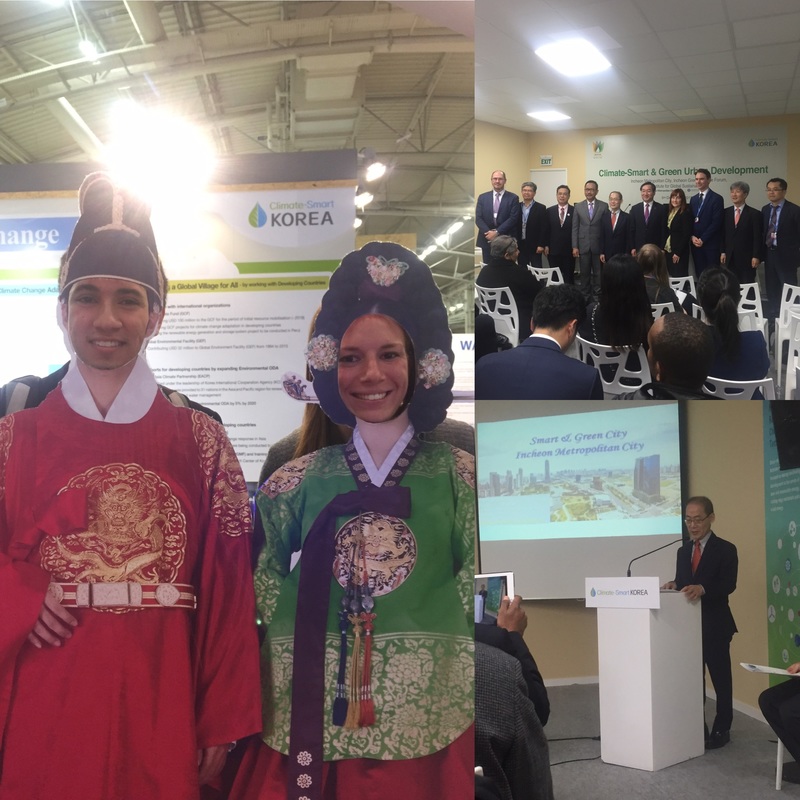
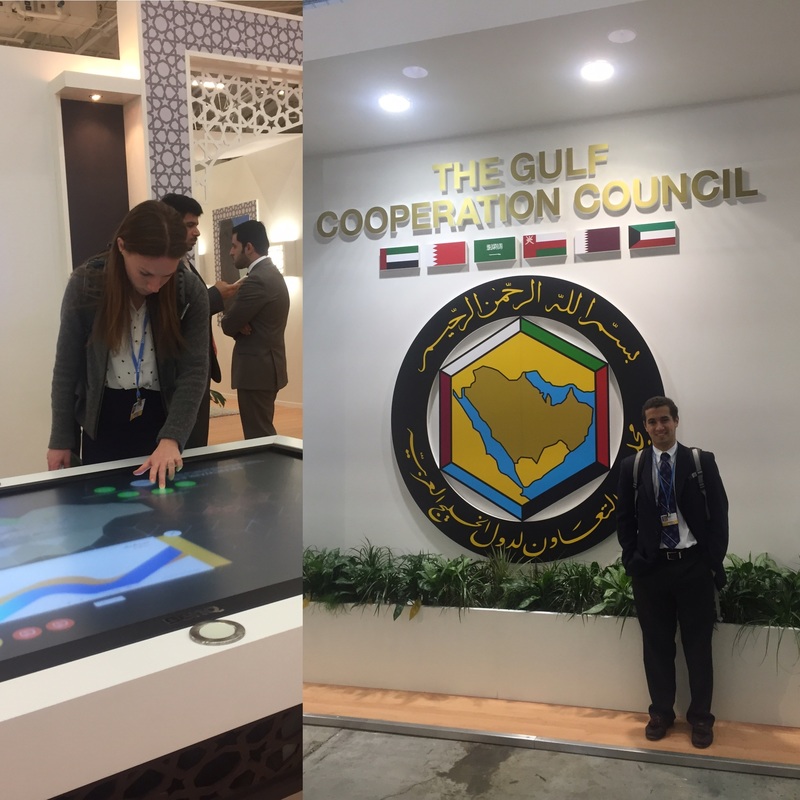
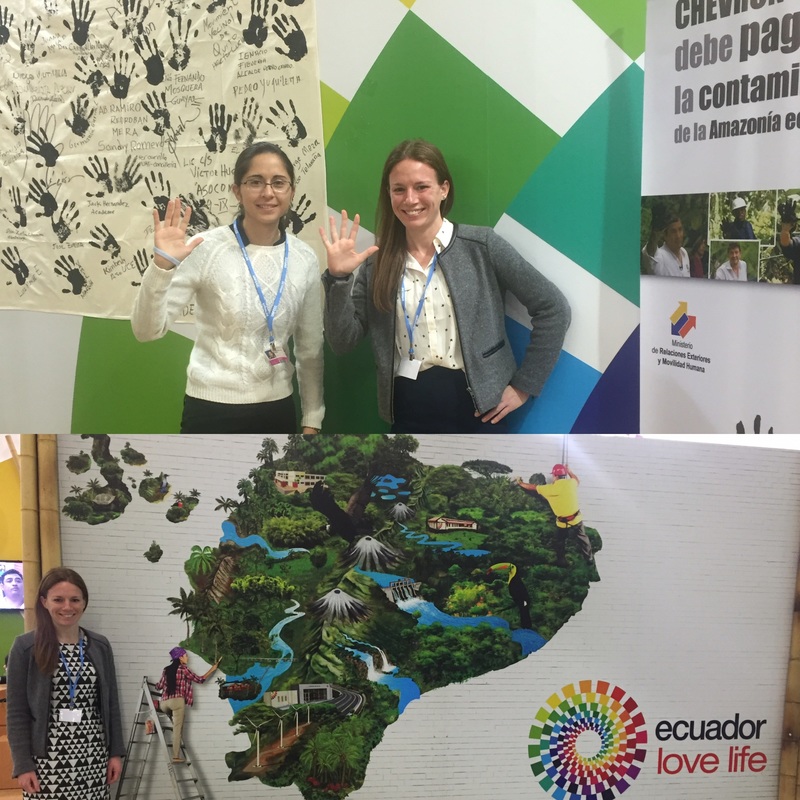
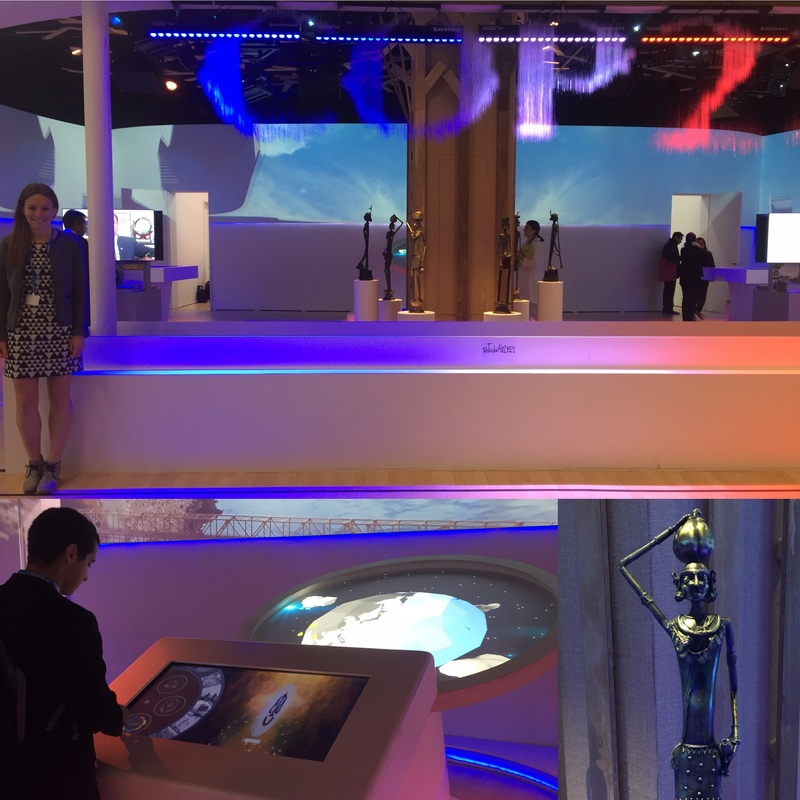
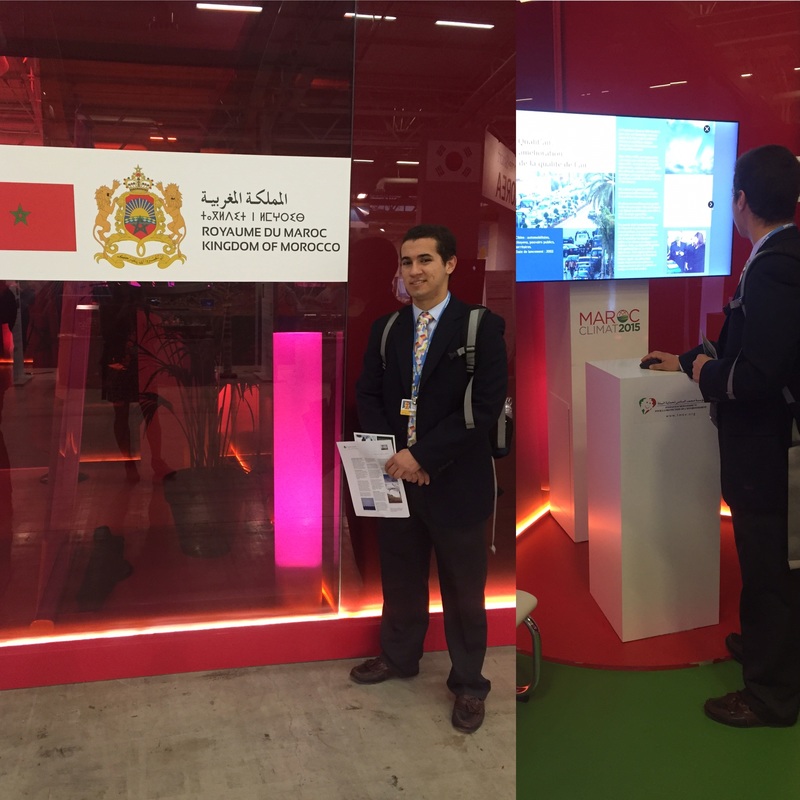
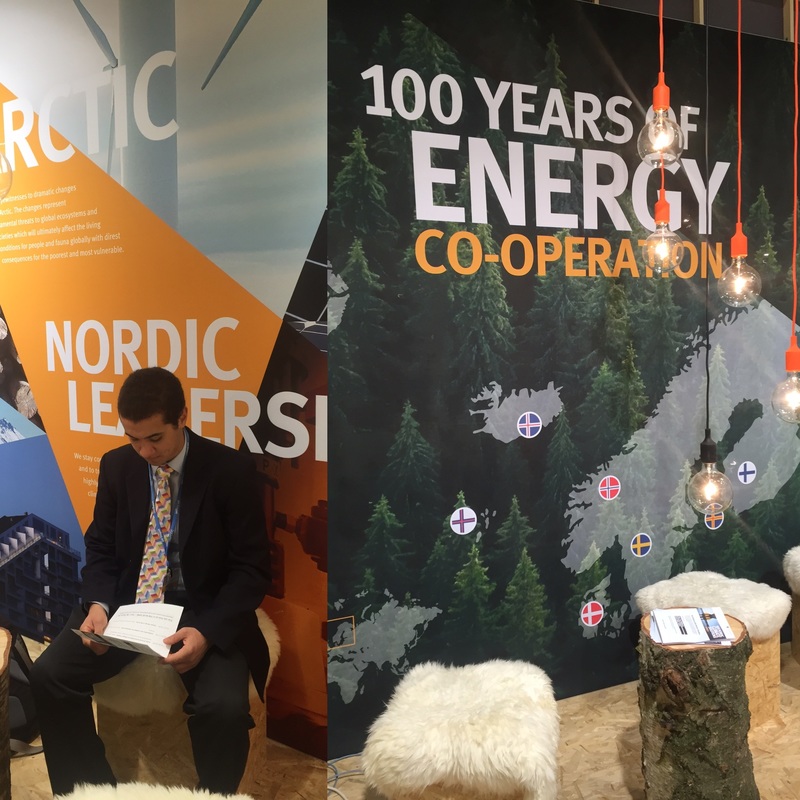
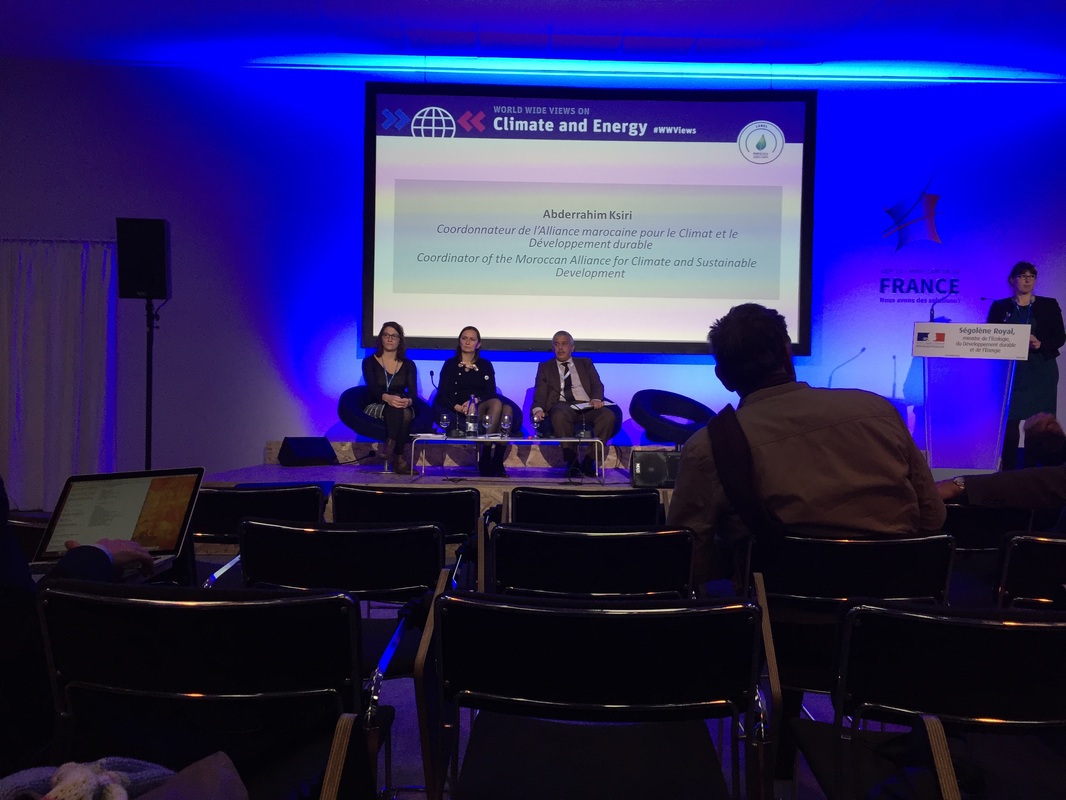

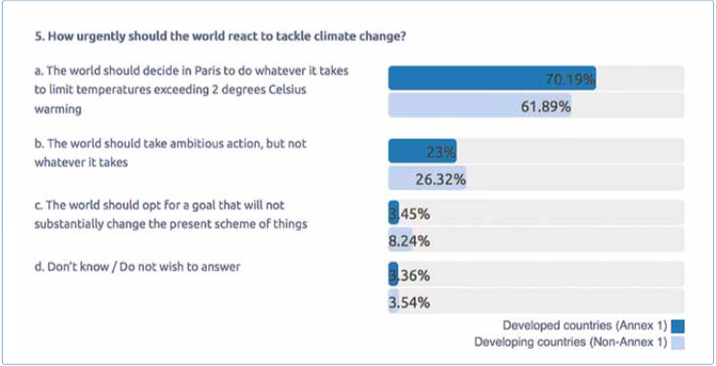
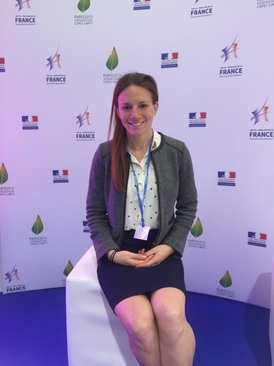

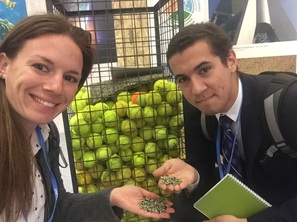

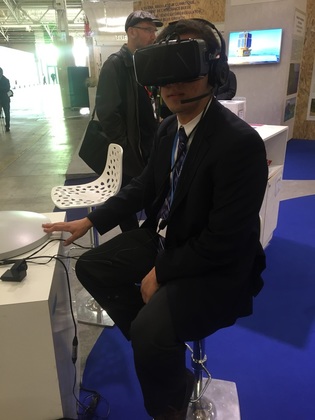

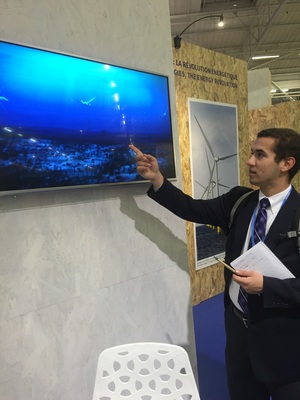
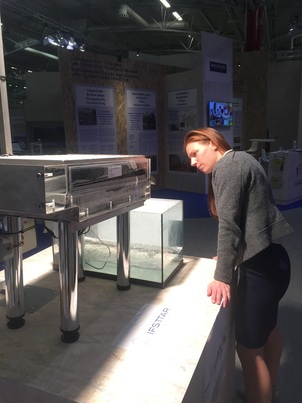
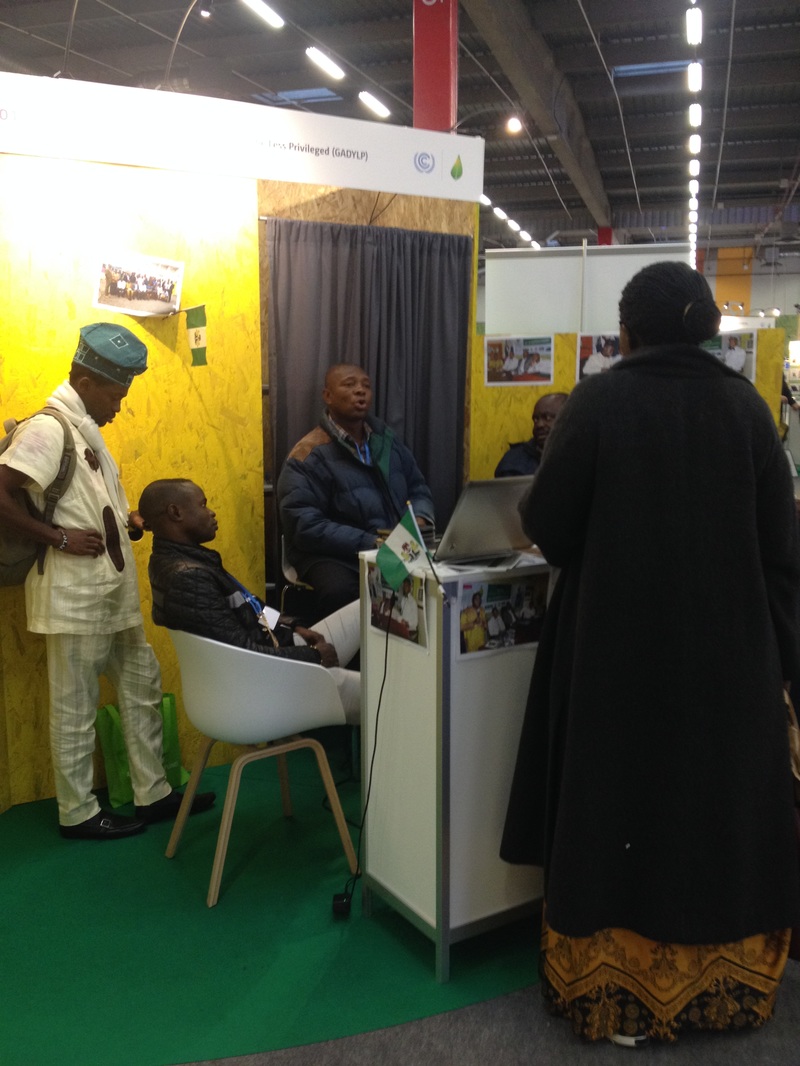
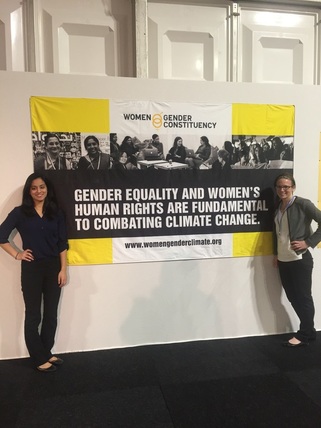
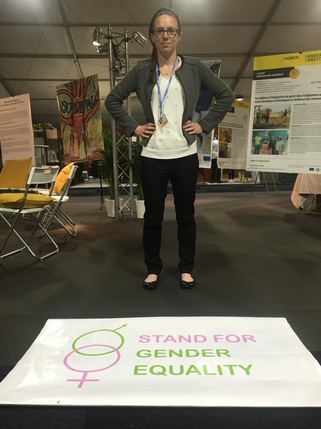
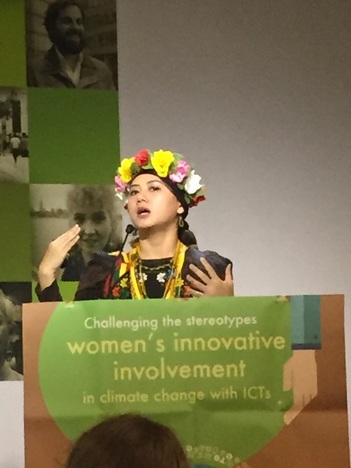
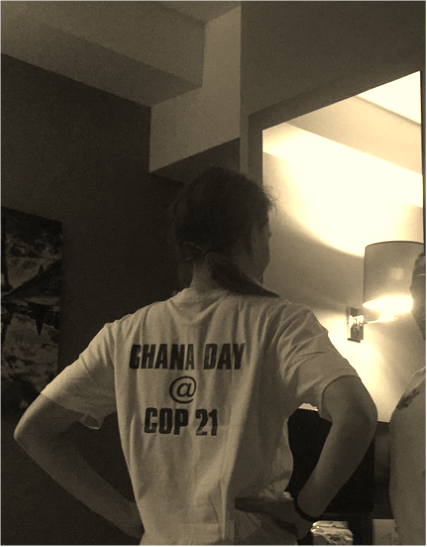
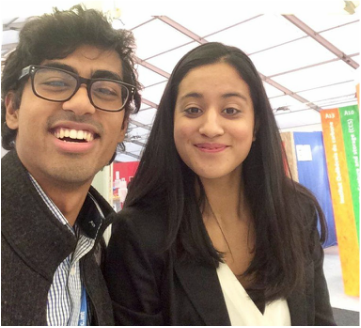
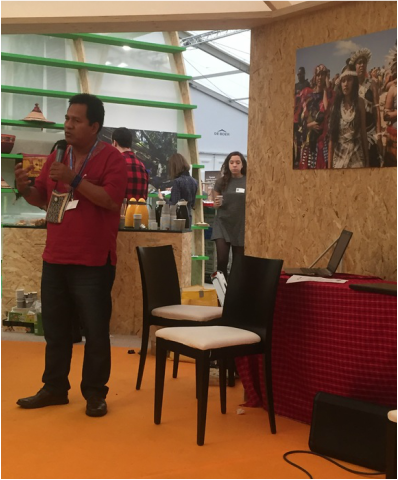
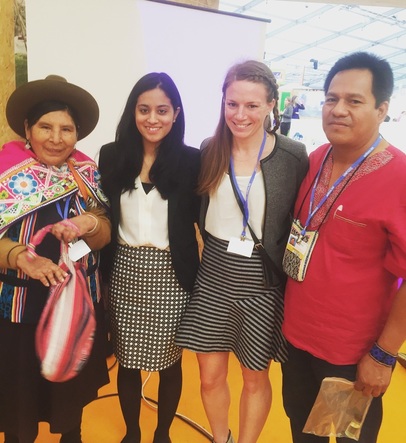
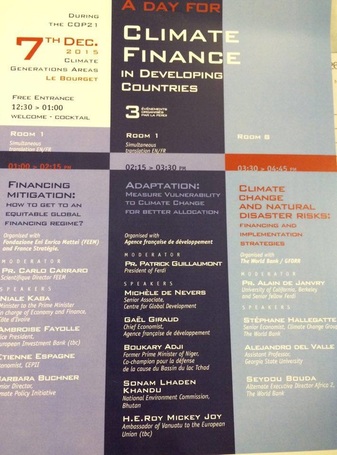
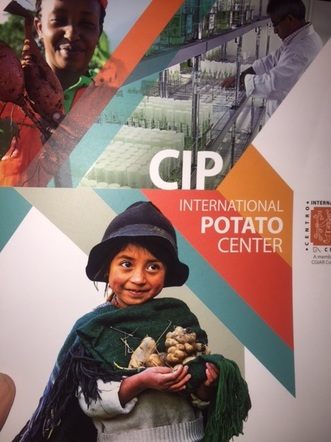
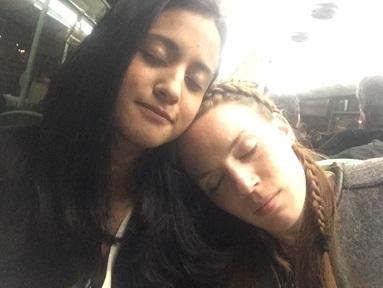
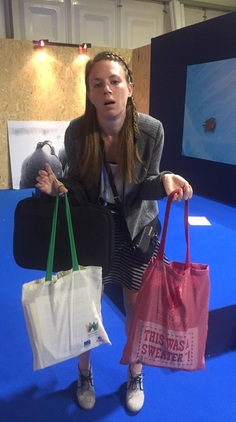
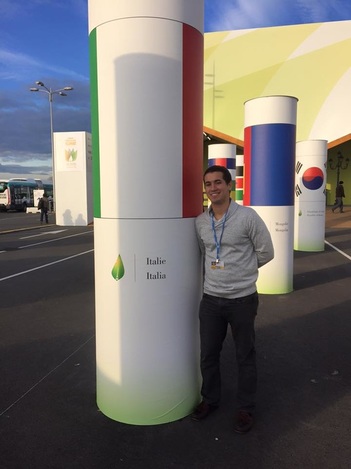
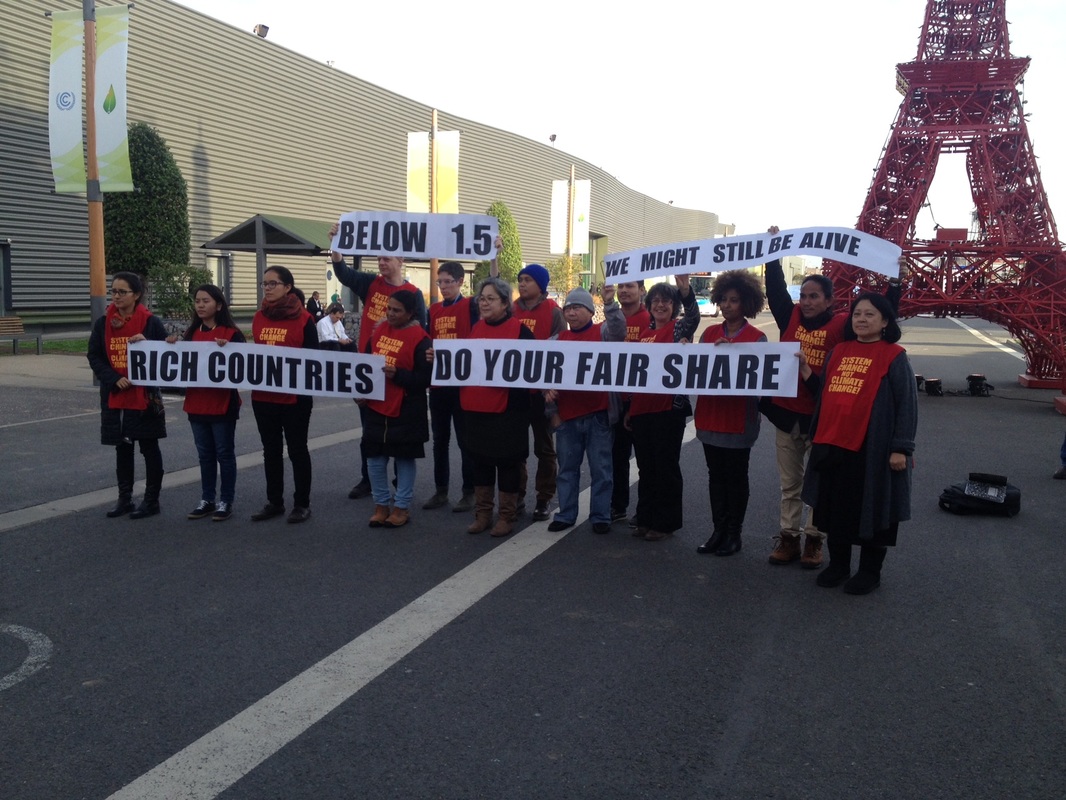
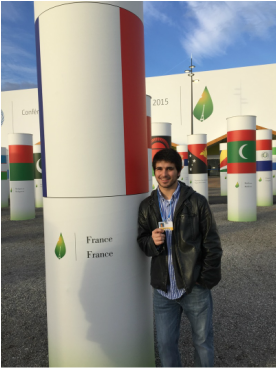

 RSS Feed
RSS Feed
